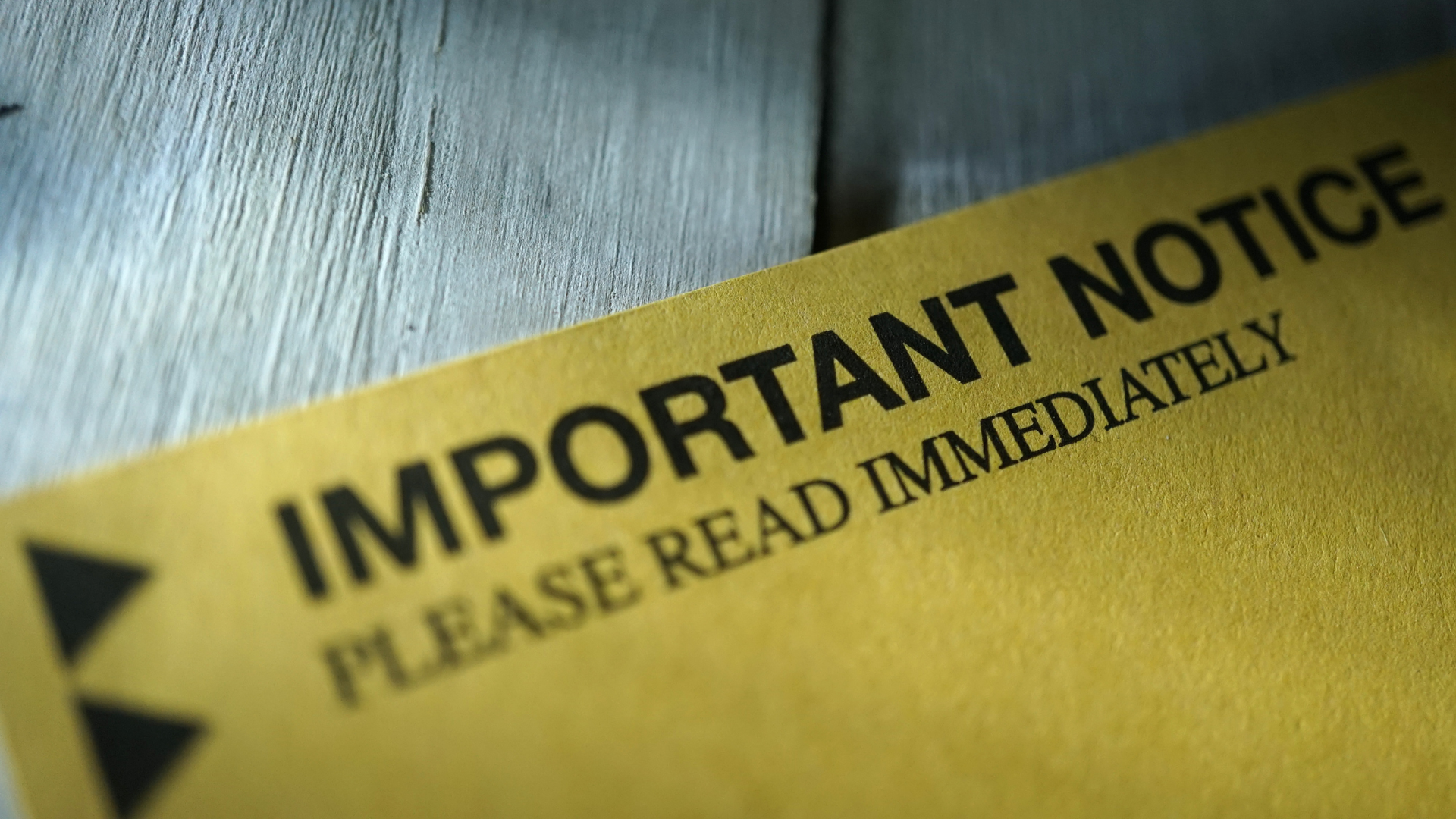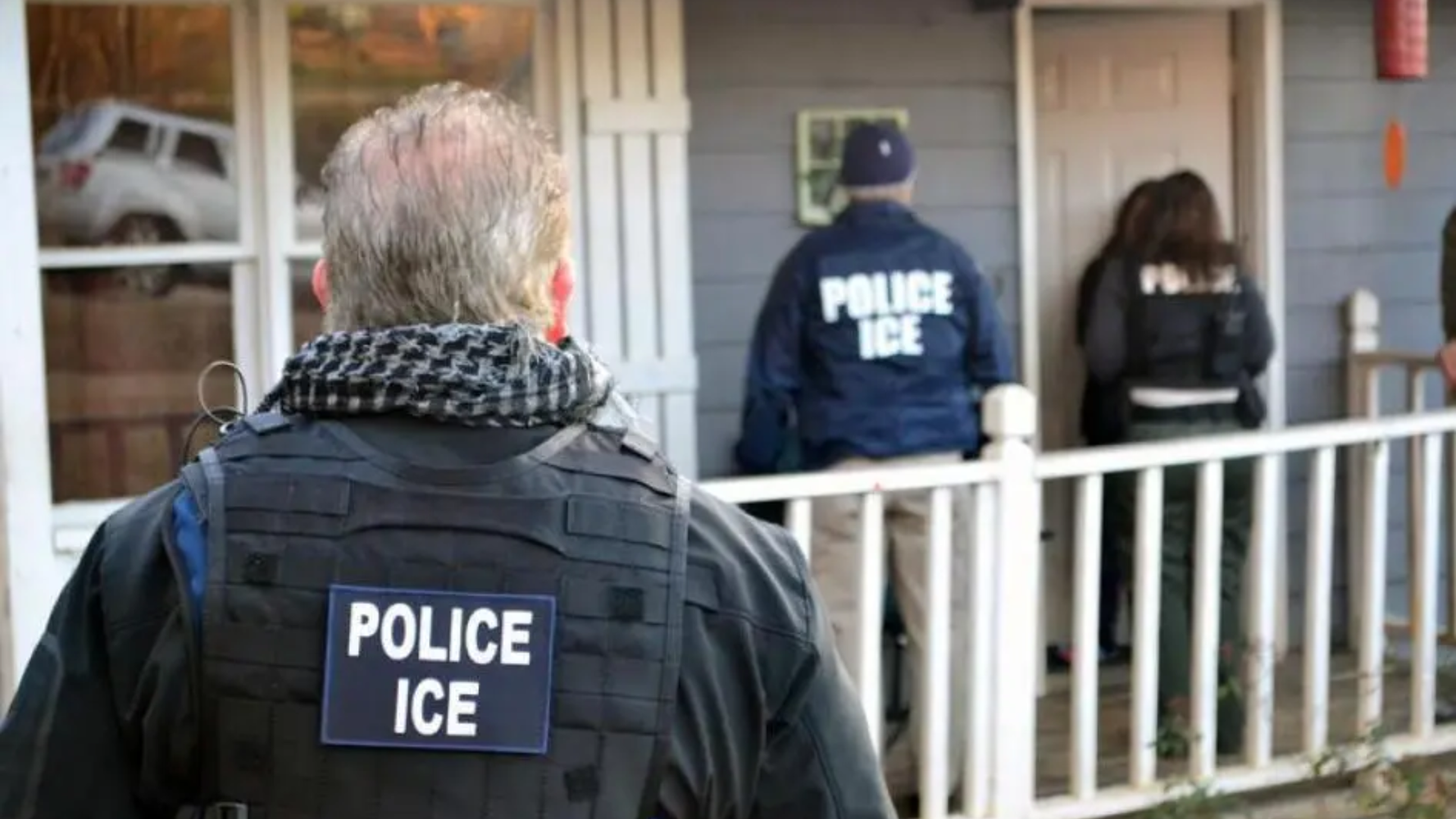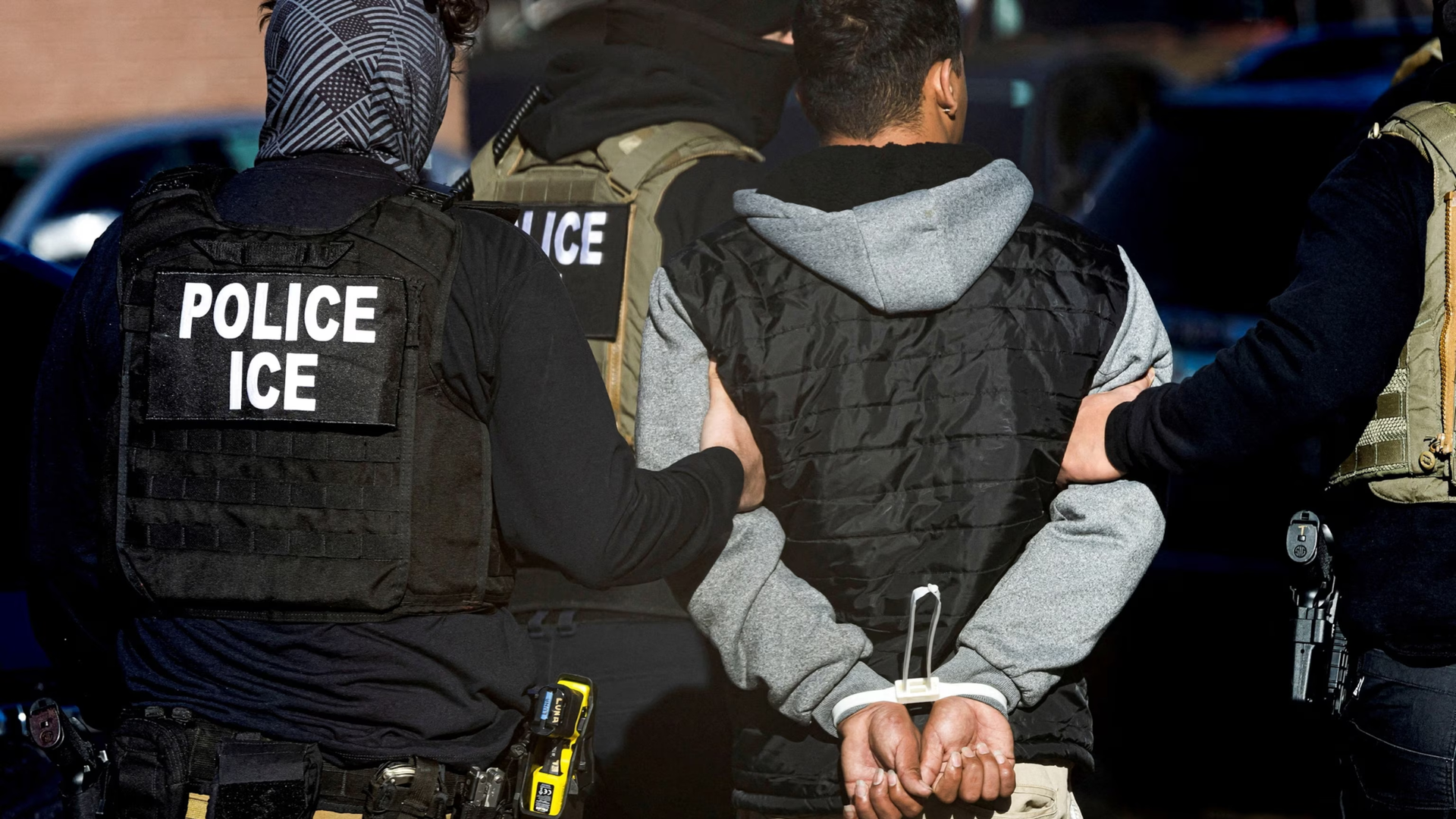How to Use the ICE Detainee Locator
Finding out whether a loved one is in ICE custody is terrifying — and confusing. The ICE Online Detainee Locator (also called the Online Detainee Locator System or ODLS) is often the best place to start. Below is a practical, step-by-step guide on how to use it — plus important tips if the search doesn’t turn up results.
Before You Start: Gather as much information as possible
Collect these details before you go to the website. The more accurate the information, the better your chance of finding the person:
- Alien Registration Number (A-Number) if you have it (starts with “A” and is usually 8–9 digits)
- Full legal name and any alternate spellings or last/first name order variations
- Date of birth and country of birth
- Approximate date and location where the person was taken into custody (if known)
Having the A-Number is the fastest and most reliable search method.
Step 1: Go to the official ICE locator page
Visit the ICE Online Detainee Locator System (ODLS) here: https://locator.ice.gov
This is the official public database that ICE maintains for locating people currently in ICE custody or who have been in CBP custody for more than 48 hours.
Step 2: Choose your search method
The ODLS gives two main search options:
- A-Number + country of birth (preferred if you have it)
- Biographical search: first name + last name + country of birth + date of birth (if A-Number is not available)
Enter the information exactly (or try likely variations) because the system will match what was entered by the government intake officer.
Step 3: Complete any security check and submit
You may need to pass a captcha/security check before results appear. After submitting, the system will display results if the person is in ICE custody and their record has been entered. Results typically show the detention facility and contact information (when available).
Step 4: If you find the person: note details and act
If the locator returns a match, write down:
- Facility name and address
- Phone number and any ID or booking number shown
- Any notes on status or transfer history
Next steps: call the detention facility for visitation and phone account procedures, contact an immigration attorney, and, if needed, arrange prompt legal representation. Each facility has different rules for visitation and setting up calling accounts.
If you don’t find them: next actions
Not finding someone doesn’t always mean they aren’t in ICE custody. Try these steps:
- Try alternate name spellings and name orders (e.g., last name first, hyphenations, omitted middle names).
- Wait 24–48 hours if the arrest was very recent (records can take time to appear).
- If the person is a minor or was transferred to certain juvenile facilities, they may not appear in the public ODLS.
- Contact the appropriate ICE ERO field office for the area where the detention likely occurred — ICE can sometimes locate a person who doesn’t show up online. You can find ERO field office contact info on the ICE Contact page.
Practical tips and cautions
- Keep backups of any screenshots, names, and numbers you find — take notes immediately.
- Store sensitive personal data securely and share it only with trusted people or attorneys.
- Don’t rely on social media or unofficial databases alone; start with the ODLS and ICE/CBP official contacts.
When to get legal help
If you locate your loved one or suspect they’re in ICE custody but can’t find them, contact an experienced immigration attorney right away. A lawyer can request records, contact the facility, and help you understand detention and bond options. Early legal contact is usually the most effective way to protect rights and options.
At Johnson & Masumi, P.C., we know how frightening this moment can be. If you need help locating someone or need immediate legal guidance, please reach out.
Call us now at (703) 506-1400 — we can help you interpret locator results, contact the right facility, and start building a legal plan for your loved one.















